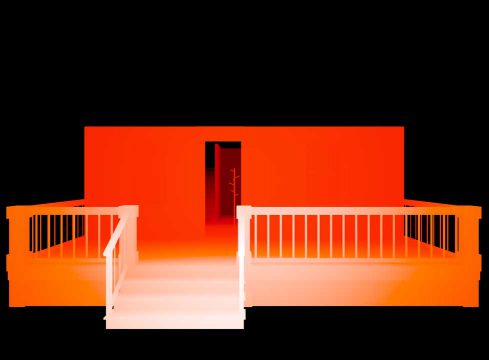Dasha Tsapenko
Dasha Tsapenko is a Ukrainian-born architect and social designer based in the Netherlands. She holds a B.A. and M.A. in Architecture from the National Academy of Fine Arts and Architecture in Ukraine, as well as M.A. in Social Design from the Design Academy Eindhoven in the Netherlands.
Currently a designer in residence at the Van Eyck Academy in Maastricht, Tsapenko explores the role of private domesticities in terms of spatial restraints and segregation. She focuses her design research precisely on domestic spaces on a downgraded scale, dismantling the components of a house to the state of a single spatial act. Through a variety of artistic and design mediums, Tsapenko imposes restraints and obstructions that in her eyes are underestimated in the contemporary world of extreme freedoms, possibilities, and indulgence as a way of reflecting on a dream of personal will through extensive bodily experience.
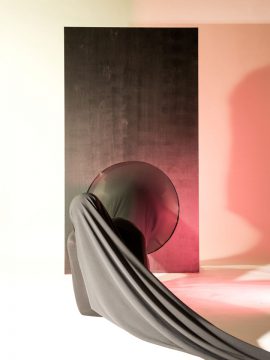
FAKT / Sebastian Ernst
Born in Berlin, Ernst studied architecture at TU Berlin and ETH Zurich. Followed by several internships, he gained academic experience at the chair of Prof. Ute Frank at TU Berlin, collaborated on several publications at ETH and was a researcher at the FutureCitiesLab in Singapore in 2012, a teaching assistant for the chair of Gramazio Kohler at ETH and Prof. Georg Augustin at University of Kassel. He currently teaches a 1st year Master ́s studio at DIA Dessau and holds the Chair of Excellence Adalberto Libera as a visiting professor at the University of Trento. He was recently awarded the Villa Massimo Rome grant in 2019 with his colleagues from FAKT, the architecture office he co-founded in 2013. His interests span academic research and practice, culminating in fabrication, rule-based design, and urbanism; presently exploring the problems and potentials of today’s global mass production, its norms and standards, and their respective relationship to architecture.
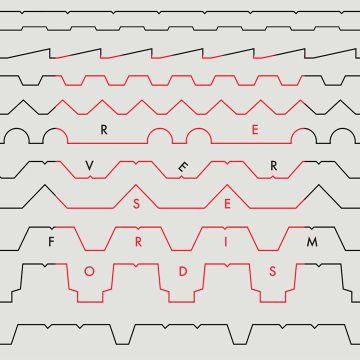
KOSMOS / Artem Kitaev
Artem Kitaev is a founding partner of KOSMOS Architects. KOSMOS is a virtual architectural practice working on projects of various scale and typologies, from art installations and pavilions to airports and master plans; with realized projects in Moscow, Switzerland, Bangkok, and New York. KOSMOS’s work expands to research and artistic projects and involves collaborations with artists, designers, urban planners, and academics.
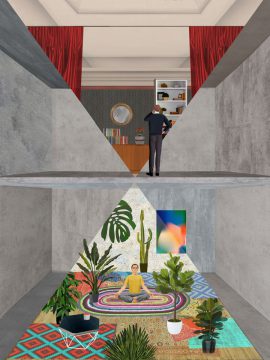
Liam Young
Liam Young is a speculative architect who operates in the spaces between design, fiction, and futures. He is cofounder of Tomorrow’s Thoughts Today, an urban futures think tank that explores the local and global implications of new technologies; and Unknown Fields, a nomadic research studio that conducts expeditions to chronicle these emerging conditions as they occur on the ground.
His work has appeared in the BBC, Wired, The Guardian, and Time. He is a BAFTA nominated producer and his work is included in the collections of the Metropolitan Museum of Art, the Victoria and Albert Museum, and MAAS in Sydney. He has taught at the Architectural Association and Princeton University, and now runs the M.A. in Fiction and Entertainment at Sci Arc in Los Angeles. Young’s narrative approach sits between documentary and fiction, as he focuses on projects that reveal the invisible connections and systems making the modern world work.
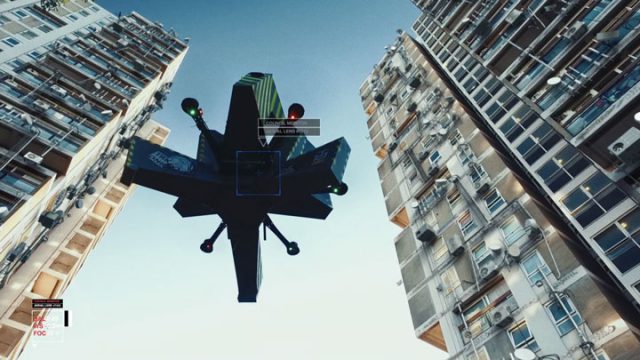
Lucia Tahan
Lucia Tahan is a Berlin-based architecture practice that deploys human experience design in spatial and digital systems. It has produced work ranging from software to construction to critical writing, while developing architecture projects and exhibitions as speculative political tools.
Underpinning Tahan’s work is a desire to blend methodologies from digital disciplines with architecture systems, as well as a fascination for domesticity and political form. She aspires to expand architecture from a space-based discipline to a broader exercise in experience design and research. Her research work appears in this year’s Venice Architecture Biennale. Tahan currently works as a product designer and cofounded software for curators incubated by the New Museum in New York. Her work has appeared in the University of Illinois at Chicago, Lisbon Architecture Triennale, Seoul Biennale of Architecture and Urbanism, and MAXXI Museum in Rome, and in magazines such as Bartlett’s Lobby.
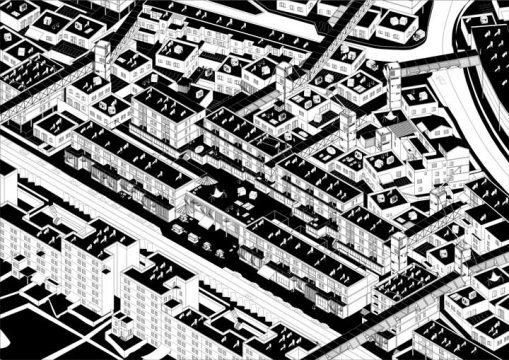
Mae-Ling Lokko
Architectural technologist Mae-Ling Lokko is an assistant professor at Rensselaer Polytechnic Institute, New York, USA. Her work centers on upcycling agrowaste and biopolymer materials into “high” performance building material systems, and is inspired by emerging multidisciplinary research on next generation biocomposite green materials as well as Ghanaian contemporary art waste upcycling. Recent exhibitions include the 2018 Liverpool Biennial, ANO Institute of Contemporary Arts and Mmofra Foundation Climate Change Exhibition (both Accra, Ghana, in 2017); the Chale Wote Festival Accra, Ghana in 2016; and Rotch Golden Cube, Troy, USA in 2016.
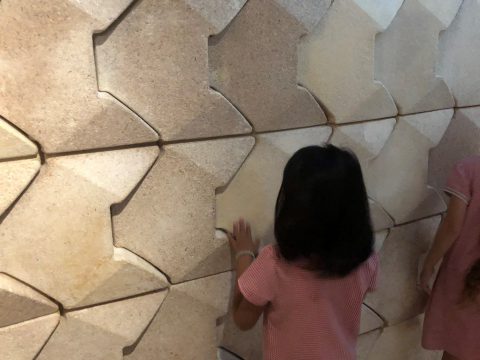
Margherita Moscardini
Margherita Moscardini investigates relationships between transformation processes of urban, social and natural orders belonging to specific geographies. Her practice favors process and long-term projects including large-scale interventions, drawings, writings, scale models, and video. For the past few years, she has studied refugee camps as cities to be rethought as virtuous urban models. Moscardini currently works on Al Za’atari refugee camp, Jordan, which emerged in 2012 in a desert area near the Syrian border. Moscardini studied art in Bologna, Italy. She attended the ACVA, Ratti Foundation, Como, Italy, with Yona Friedman, and was a research fellow in 2015 of the Italian Academy for Advanced Studies in America, Columbia University, New York. Moscardini has developed projects in Istanbul, Seoul, and across the European Atlantic coast; her work has been exhibited in institutions like the ISCP, New York; MAXXI Foundation, Rome; MMCA, Seoul; and Palazzo Reale, Milan.
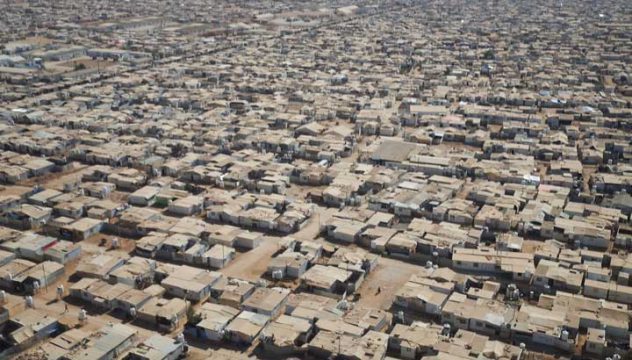
Matilde Cassani
Matilde Cassani navigates the borders between architecture, installation, and event design. Her research- based practice reflects the spatial implications of cultural pluralism in the contemporary western context. Her works have been showcased in many cultural institutions and galleries and published in several magazines such as Architectural Review, Domus, Abitare, Arqa, Arkitecktur, and MONU. She was a fellow at the Akademie Schloss Solitude residency program in Stuttgart and at the Headlands Center for the Arts in San Francisco. The Storefront for Art and Architecture in New York hosted her solo exhibition Sacred Spaces in Profane Buildings in September 2011. She also designed the national pavilion of The Kingdom of Bahrain at the XIII Venice Architecture Biennale in 2012 and took part in the XIV, XV and XVI Venice Architecture Biennale, Oslo Triennale and Chicago Architecture Biennale and Manifesta12.
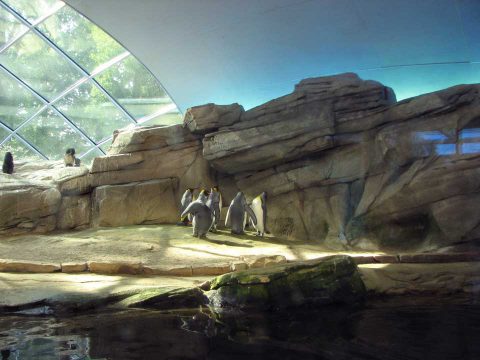
OOZE—Eva Pfannes & Sylvain Hartenberg
OOZE architects is an international design practice based in Rotterdam, operating between the fields of art, architecture and urbanism. Their work explores how our lives and cities can be more synchronized with nature, and combines an elaborate understanding of natural, ecological processes with technological expertise and deep insights into socio-cultural behavior. Systems-thinking defines their approach, and their work demonstrates an ability to uncover and understand multidisciplinary connections. Each project, whether an art installation, building, public space or urban strategy aims to create experience and drive change. OOZE has received several awards, including the 2017 Landscape Institute Award (UK) and the LafargeHolcim Award Bronze 2017 Latin America. Their work has been exhibited at the Venice Biennial (2009), Studio-X, Rio de Janeiro (2014 & 2016), the Sitio Roberto Burle Marx (2016) and the Sao Paulo Architecture Biennial (2017). OOZE is currently working on the Atelier LUMA project with the LUMA Foundation in Arles.
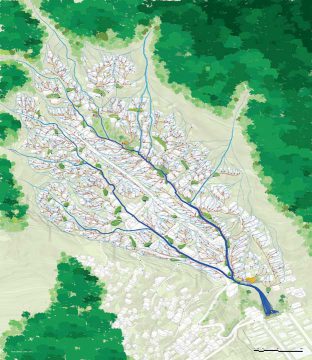
Paolo Cascone
Paolo Cascone grew up between the West Indies and East Africa. During his master’s studies at the Architectural Association in London, he began researching urban ecologies, digital fabrication, and self-construction, which he continued while earning a PhD in environmental engineering in Rome. In 2007 he founded CODESIGNLAB, an architectural firm and design research laboratory for performative architecture and smart constructions.
In the past ten years the office has developed innovative projects between Europe and Africa bridging traditional techniques and digital fabrication. More recently he was appointed scientific director of the African Fabbers School, the continent’s first school of urban ecologies, self-construction, and digital fabrication. After many case studies conducted between Ghana, Morocco. Senegal, Burkina Faso, and Mali, the school is now based in Cameroon with a grant of the Italian Ministry of Foreign Affairs. Cascone’s work has been published in international design magazines and he has lectured widely.
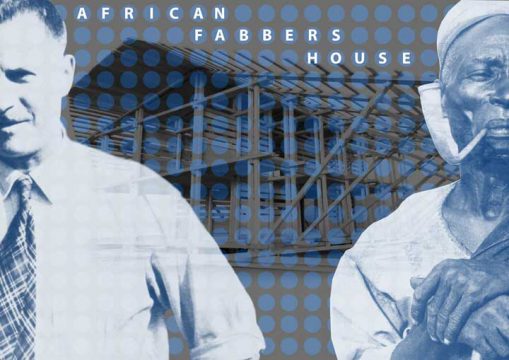
BARD Studio / Prasad Shetty
The South has entered into a phase of urbanization that shows rapid cultural transformations characterized by the emergence of autonomous, mobile, innovative, and unpredictable work entities (enterprises or labor). The shifts in technologies along with increased environmental vulnerabilities have perpetuated these transformations, producing high cellularization of life. This has generated an urban form with hard impermeable edges between individuals, communities, classes, activities, and environments. These appear as walls, security systems, gated communities, and so forth. When resources are constrained, the hardened boundaries create a fractured society as cells compete with each other. The Guerrilla Retrofits seek to soften these boundaries and produce an Architecture of Continuum that maximizes the urban form’s transactional capacity—the capacity to afford flows (of bodies, commodities, ideas, money), densities, activities, networks, livelihoods, security, diversity, and care. Rupali Gupte and Prasad Shetty are urbanists based in Mumbai and cofounders of School of Environment and Architecture.

SKREI—Francisco Fonseca
Skrei is a local firm for architectural and engineering design, construction, and cultural research, founded by Francisco Fonseca and Pedro Jervell in 2010, in Porto. Skrei brings together a range of professionals – from technicians to artists and scholars – into a multidisciplinary practice with an experimentative approach to materials and building construction, delving into questioning the future of dwelling, humanity, and the role of technology.

SO?—Sevince Bayrak & Oral Goktas
Founded in 2007 by Sevince Bayrak and Oral Goktas, SO? is an Istanbul- based studio focusing on design, architecture, and urbanism. In 2013, they won the Young Architects Program by MoMA / PS1, creating Sky Spotting Stop for Istanbul Modern, which was exhibited in MoMA and MAXXI. In 2015, they won the invitational competition at the Royal Academy of Arts; their project Unexpected Hill was realized in London.
In 2015, their installation Lost Barrier was mounted in Rome and acquired by MAXXI for the permanent architecture collection. Their work has been published internationally. The duo has lectured in cities such as London, Bordeaux, Rome, and Sarajevo. Their recently completed projects include a community center and a cabin. Bayrak recently completed her PhD dissertation on the evolution of public space; both Bayrak and Goktas currently teach at MEF University in Istanbul.
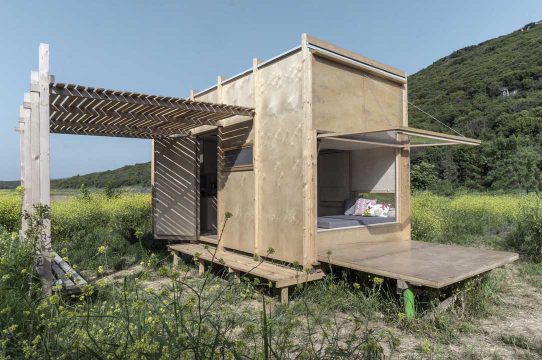
TECHNOFLESH—Simone C Niquille
Simone C Niquille is a designer and researcher based in Amsterdam. Her practice Technoflesh investigates the representation of identity and the digitization of biomass in the networked space of appearance. She holds a BFA in Graphic Design from Rhode Island School of Design and a M.A. in Visual Strategies from the Sandberg Instituut Amsterdam. She teaches Design Research at ArtEZ University of the Arts Arnhem and is a 2016 Fellow of Het Nieuwe Instituut Rotterdam. Simone C Niquille is commissioned contributor to the Dutch Pavilion at the 2018 Venice Architecture Biennale. Her current work investigates standards of living and being embedded in parametric design processes.
